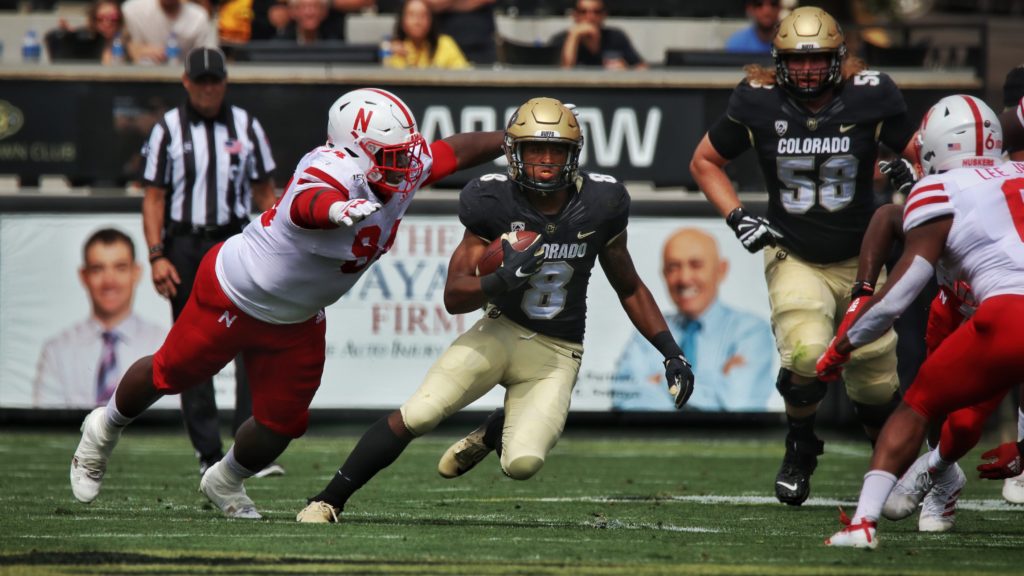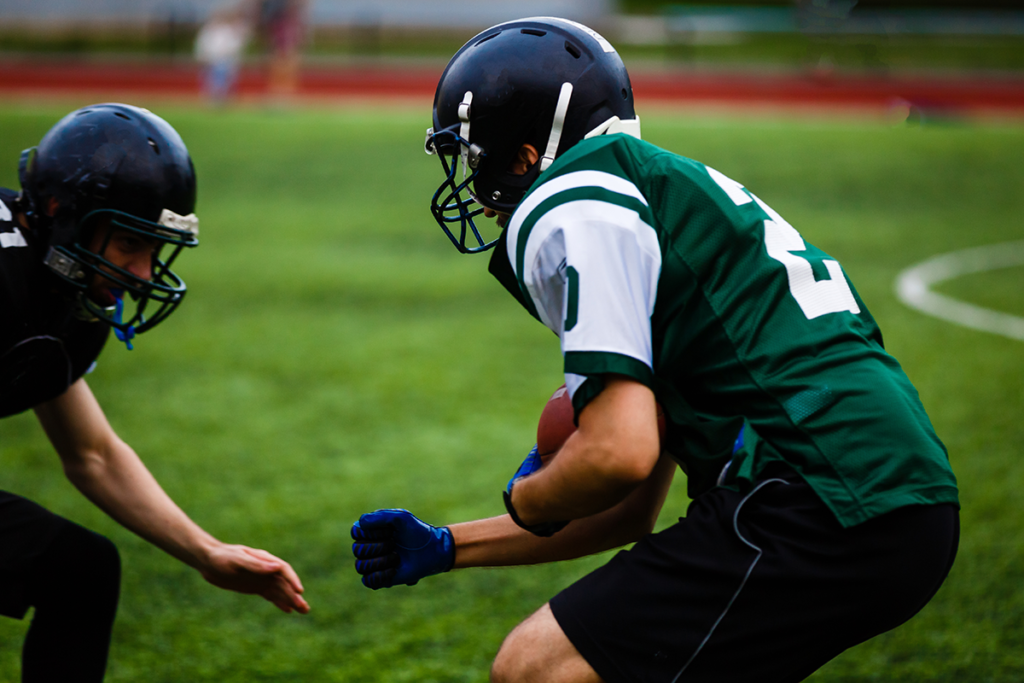We’ve all seen it: the player who goes down with a non-contact injury and is sidelined for weeks or even months.
It can be frustrating. Not only for the player—but for the team, as well.
While it’s possible for athletes to become more skilled at injury prevention, an unfortunate fact of life is that some are unavoidable—especially in a game that’s as physical and fast-paced as football.
No matter how great your proprioception, or how strong your bones and muscles are, there’s always the possibility of that freak accident that can take you out of the game.
That’s why injury resilience is such an important quality for football players to develop. Being able to quickly recover from injuries and get back on the field is crucial for both individual success and team success.
When you become injured in football, you’re not just missing out on playing time. You’re also putting your future at risk.
As you know, a serious football injury can end a player’s career prematurely. That’s why it’s so important to do everything you can to prevent injuries in the first place.
However, if and when you do experience an injury on the field, it’s crucial to have the mindset of a warrior—and come back stronger than ever.
You can never prevent 100% of injuries—at some point, every player will experience some kind of setback. Knowing that, football athletes should develop resilience against injuries, both mentally and physically. A football training program using the FAST-programming model can help players develop injury resilience and perform at the highest level possible when they’re on the field.

What is Injury Resilience?
Resilience is the ability to withstand and recover from setbacks. It’s what allows someone to pick themselves up after a tough loss and come back stronger than before.
Injury resilience is especially important for football players. The sport is physical and demanding, and players are constantly at risk of sustaining an injury.
Developing a “bulletproof” body, so to speak, isn’t easy. But it is possible, and necessary—if you want to play football at the highest levels.
Some of the most common injuries in football include:
- Ankle sprains
- Achilles tendon tears
- Knee ligament tears (such as the ACL)
- Hip pointer
- Hamstring strains
- Quadriceps strains
- Groin strains
- Shoulder dislocations
- Concussions
As you’re probably well aware if you’re a football player, these are all very serious injuries that can have a major impact on your career. That’s why it’s so important to do everything you can to prevent them.

How Football Training Can Help Players Become Less Susceptible to Injuries
There are a few key tools that can be used to become less susceptible to football injuries—movement analysis being one of the most important. Movement analysis essentially involves breaking down your mechanics to see where you may be vulnerable to injury.
For example, if you have poor ankle mobility, you’re more likely to suffer an ankle sprain. Or if you have weak hip stabilizers, you may be at risk for a hip pointer.
By identifying these imbalances, you can then take steps to correct them and reduce your risk of injury. Another key tool in football injury prevention is strength and conditioning. By building a strong and resilient body, you can minimize the risk of sustaining a serious injury.
Football players need to be strong in all areas, including the legs, hips, core, and upper body. Additionally, they need to have good cardiovascular endurance and be able to handle the demands of a high-intensity game.
Finally, mental resilience is just as crucial as physical resilience. When you get injured, you must have a positive mindset and believe that you can come back stronger than ever—because in many cases, you can.
Every athlete will handle a football injury differently, but it’s important to remember that there are other players who have been through the same thing and come out on the other side—many of them even better than before.
While a positive attitude can’t fix everything, if you strive to maintain a positive attitude—and stay focused on your performance goals—you’ll be far more likely to overcome any physical setbacks.

Football Training for High-Level Athletes
In order to become a well-rounded football player—and compete at the highest levels of the sport—you need to train for all aspects of the game. That includes strength, speed, power, agility—and resilience.
Injury resilience training can provide football players and other athletes the security of knowing they can withstand the physicality of their sport. Such training encompasses aspects of injury prevention as well as “pre-habilitation” and return-to-sport strategies.
While these interventions are important for football players, these concepts can be applied to any athlete, from the recreational player to the professional.
Whether you’re rebounding from an injury or looking to prevent one, injury resilience is an important part of any football athlete’s training.
If you can develop injury resilience, you’ll be in a much better position to handle whatever setbacks come your way. You’ll also be more likely to have a long and successful career in football.
Whether you’re just starting out or you’re a seasoned veteran, never take your health for granted. Do everything you can to prevent injuries, and when you do experience one, don’t let it keep you down.
Get back up and come back stronger than ever. That’s the hallmark of a true warrior.


